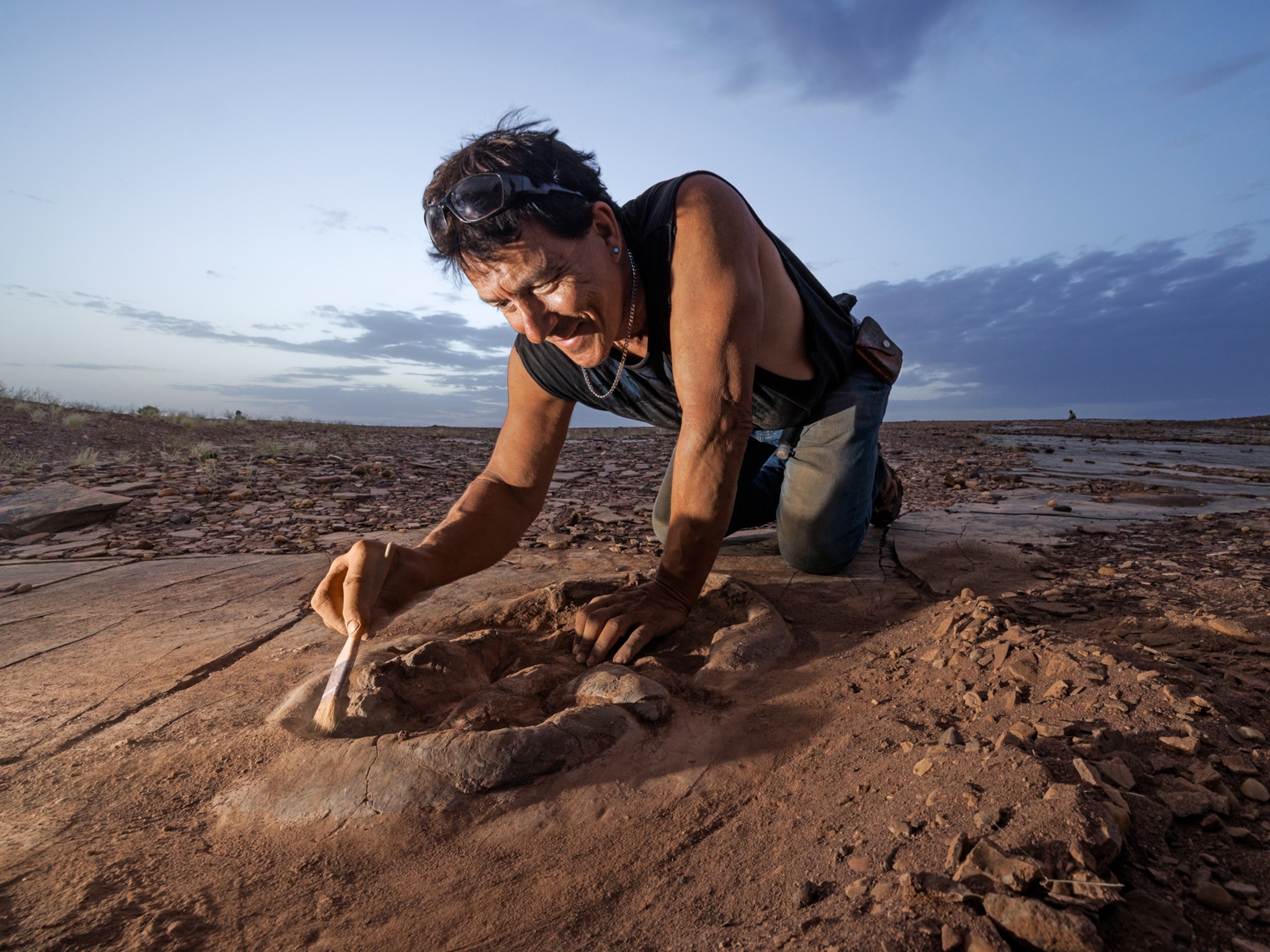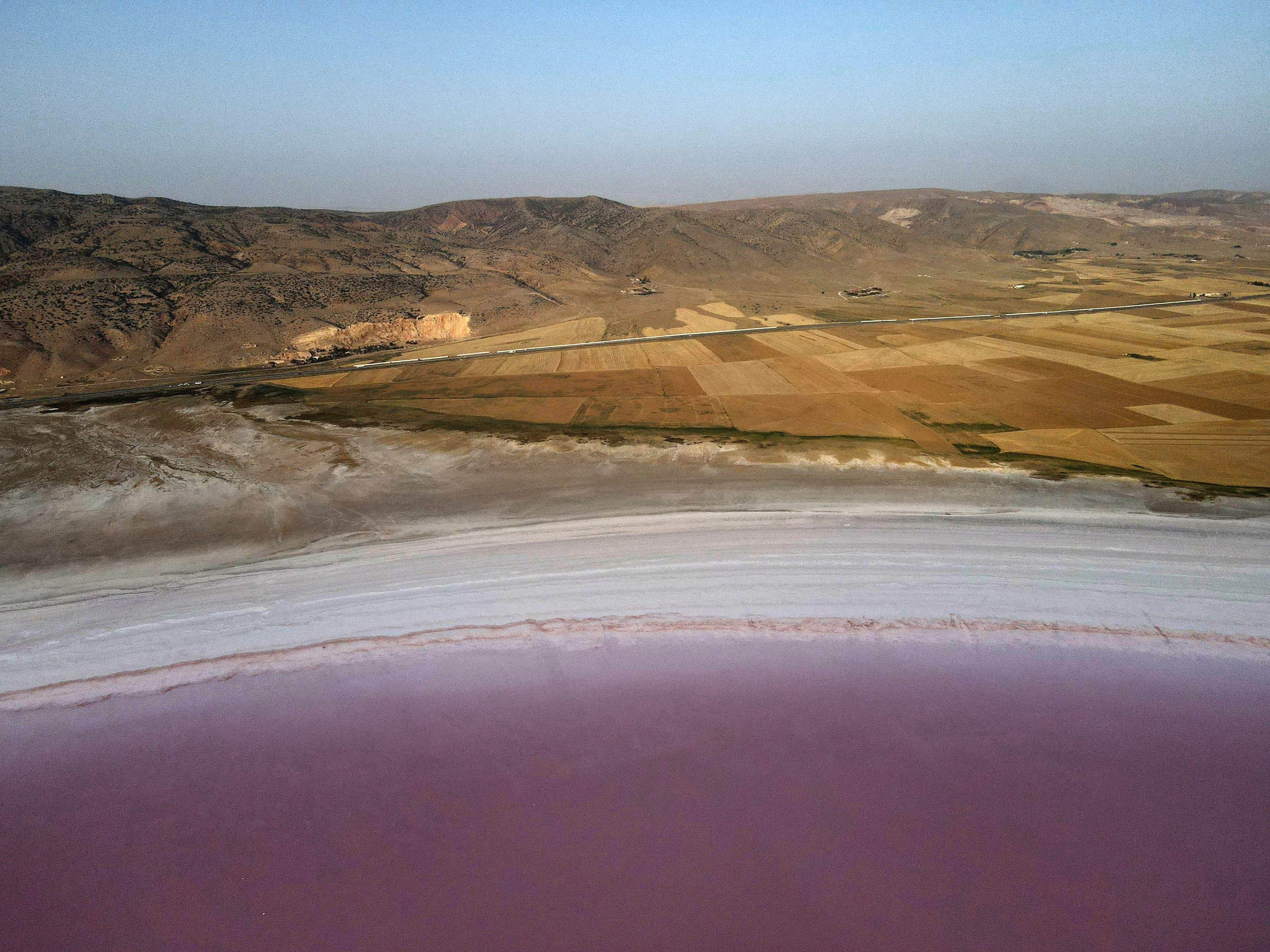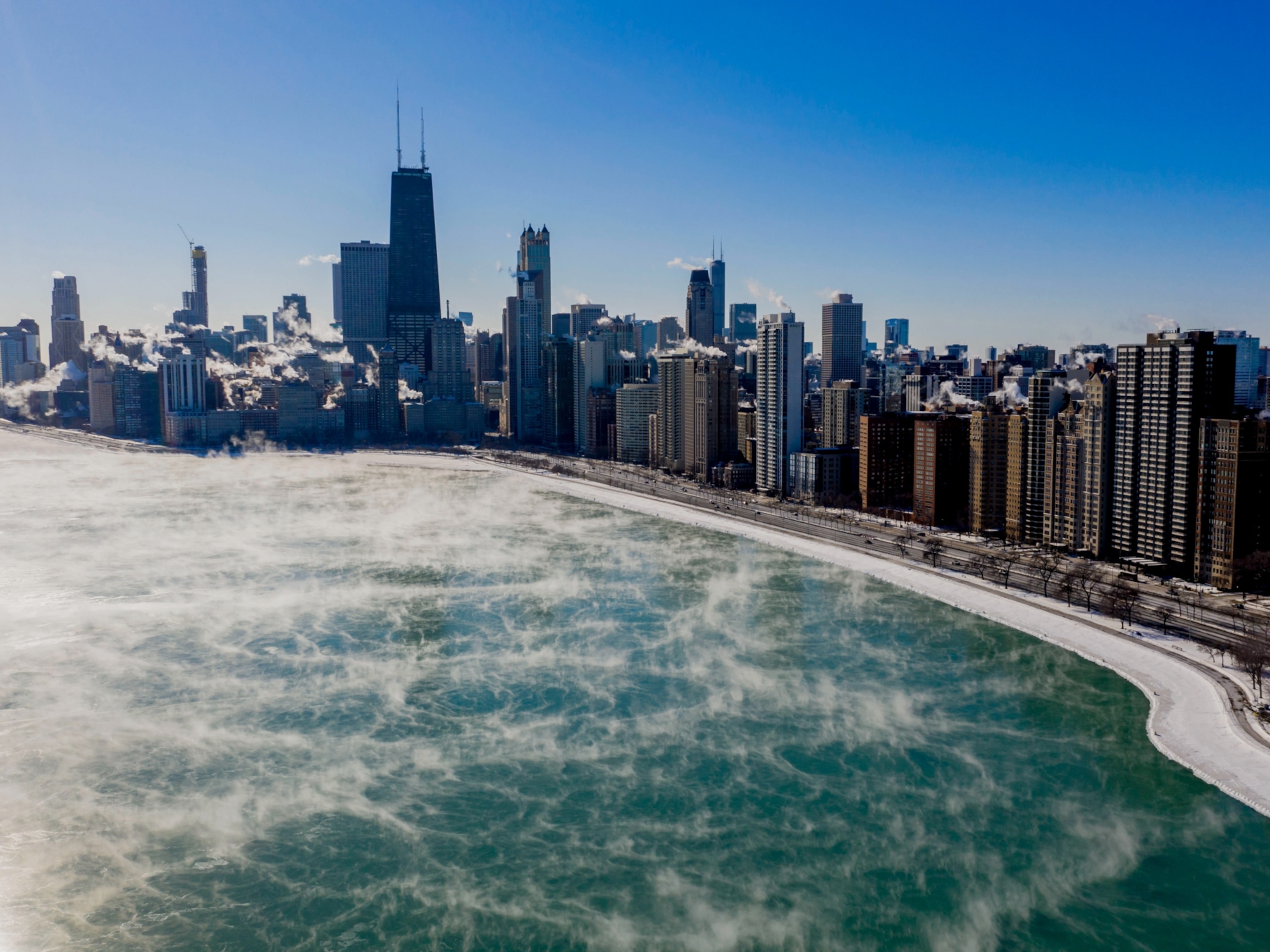How did Death Valley get its name? Not from the heat
In December 1849, a group of settlers seeking their fortunes stumbled upon this inhospitable valley. The few who made it out alive assigned the haunting moniker.

As a heat wave continues to blanket the Northern Hemisphere, tourists are making pilgrimages to the hottest place on Earth—Death Valley, California—in hope of experiencing a new world-record high temperature. The valley already holds the record for hottest air temperature ever recorded, a whopping 134°F in 1913.
But if they think the valley was named after its scorching summer temps, they’re wrong—it actually got its name from a winter disaster. Here’s how Death Valley got its name, and why it continues to lure visitors with its extreme weather and barren landscape.
Inside a desolate desert
Located in southeastern California near the Nevada border, Death Valley is nestled in the northern Mojave Desert between four mountain ranges: the Panamint Range to the west, the Amargosa Range to the east, the Grapevine Mountains to the north, and the Owlshead Mountains to the south.
(Heat waves are getting worse. Here's how to prepare.)
The area’s original inhabitants, the Timbisha Shoshone, lived in harmony with the valley for millennia. But when European settlers encountered it during their westward migration, they were flummoxed by the landscape. Though surrounded by mountain ranges, the valley is situated at the lowest elevation in the United States. The alkaline desert floor is bone dry and lacks vegetation, while the surrounding mountains trap the heat reflected by the sparse desert floor—making it blindingly hot in the summer and inhospitable even in winter.
Even before gold was discovered there in 1849, California attracted white settlers searching for a new life filled with natural riches. Many of these emigrants were completely unprepared for the arduous trip across both mountain and desert—and some fell victim to people who falsely claimed they knew the safest, fastest routes.
In one particularly famous case in 1846, a group of pioneers known as the Donner Party became snowbound after following the shortcut that a booster named Lansford Hastings had advertised. Stuck in the Sierra Nevadas, some of these pioneers eventually resorted to cannibalism and lost nearly half of their group to starvation and exposure.
On the trail to Death Valley
Despite the Donner Party disaster—and the fact that they lacked familiarity with the terrain—boosters and wagon train leaders still attempted to find shortcuts on their journeys to California, especially after gold was discovered there.
In October 1849, members of trail leader Jefferson Hunt’s Mojave San Joaquin Company wagon train grew impatient with Hunt’s pace and his preferred route, known as the Old Spanish Trail. Some worried they’d be stuck in the mountains during the winter like the Donner Party if they didn’t move more quickly. They briefly convinced Hunt to try an alternative route, but Hunt returned from a reconnaissance mission nearly dead of thirst and told them he’d keep to the Old Spanish Trail.
(How the Gold Rush transformed California.)
A subset of the party still thought they could find a path west across the Mojave Desert, however—and when they met up with another, smaller party on the trail, they were shown a hand-drawn map of a cutoff that was endorsed, they were told, by some of the region’s most experienced trappers and mountaineers. After Hunt refused to take the shortcut, which would shave 500 miles and potentially months off the journey, much of the party broke off to try out the supposedly superior route.
At first, it seemed like they’d made the right choice: travel was easy, and they made good time. But soon they encountered more and more inhospitable terrain, and increasing disputes about how to proceed. One group headed toward a nearby mountain in hopes of finding water. The other, a group of younger, unmarried men who called themselves “Jayhawkers,” broke off into their own party and attempted to press due west to find the mountaineers’ advertised trail—a route that, it turns out, didn’t really exist.
As both groups journeyed, water became harder to find, and many turned back in search of Hunt rather than face the coming winter in the deadly Sierras. “Grass there is scarce, wood there is none,” wrote Jayhawker Sheldon Young of the landscape. “It is a dubious looking country.”
Disaster strikes
Weak and exhausted, in December 1849 both groups eventually entered a massive valley filled with salt flats and surrounded by mountains on all sides. Water was scarce in the desert valley; they were only able to locate highly alkaline water sources.
The Jayhawkers slaughtered many of their own oxen to eat and walked across the valley, eventually finding a Native American who guided them to safety. The other party tried going the other direction. As they pressed onward, this time another group of men decided to strike out on their own, and would ultimately die of exposure along their preferred trail.
(How extreme heat harms the body.)
On the verge of dehydration, the remaining members of the original party were briefly saved by a snowstorm. But over time, oxen dropped dead from thirst and exhaustion, and several men died. Finally, all but a few of the men broke off find their way over the mountains. The others waited patiently at the bottom of the valley.
Finally, after more than a month, the remaining party members—mostly women and young children—were rescued by two young men they’d sent off to get supplies. As they made their final crossing of the Panamint Mountains, one of the party members is said to have turned toward the valley and said “Goodbye, Death Valley.” Overall, it took the shortcut seekers more than four months to find their way to the part of California they sought.
The highest temperature recorded on Earth?
The name stuck—and today, the valley is still known as one of the most barren and dangerous places in the United States. In 1913, the ambient air temperature reportedly rose to 134 degrees, still the world-record high air temperature. (Surface temperatures are a whole different category.)
Modern-day meteorologists dispute this reading, pointing out that the temperature was not in line with that of other nearby places and that even freak “hot spots” in the valley cannot account for those variations.
(These photographs capture the ethereal fragility of Death Valley at night.)
“It is possible to demonstrate that a temperature of 134°F in Death Valley on July 10, 1913, was essentially not possible from a meteorological perspective,” wrote meteorologist Christopher C. Burt in a 2016 analysis. However, the World Meteorological Organization, which validates world-record temperatures, still considers the reading a world record.
The group “is always willing to investigate any past extreme record when new credible evidence is presented,” the WMO wrote in a 2020 release, but to date the analysis has never been officially invalidated.
In the meantime, as a potential new extreme approaches, the organization says it’s ready to examine and validate any new records. Death Valley may not have gotten its name from a scorching summer’s day. But 174 years after it was named, the barren, salty valley is still as inhospitable as it was in 1849.








